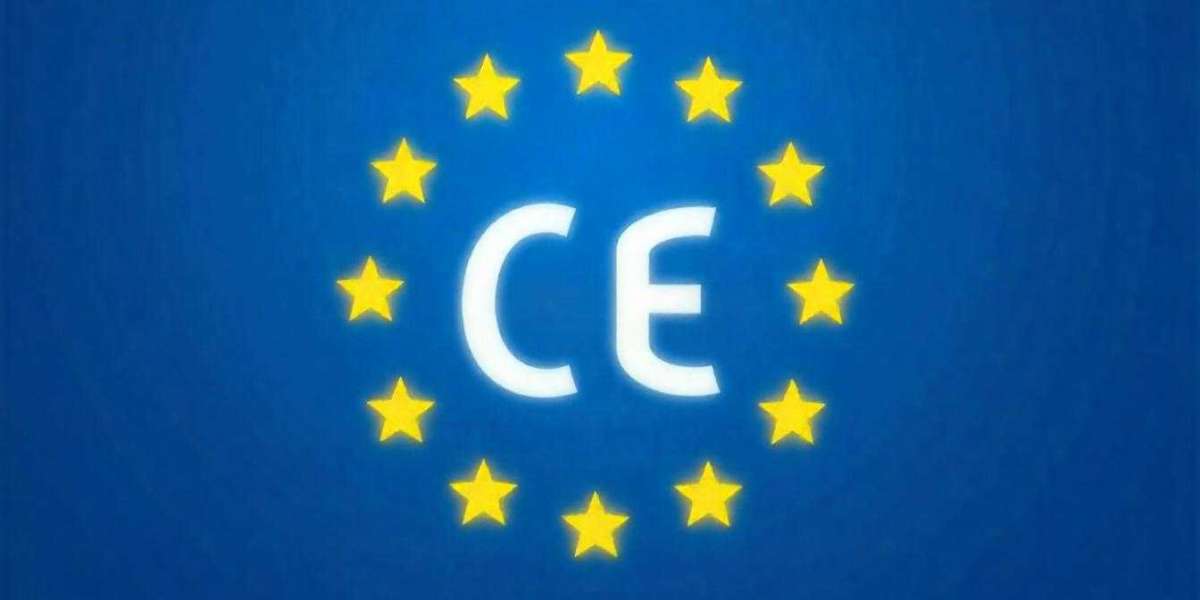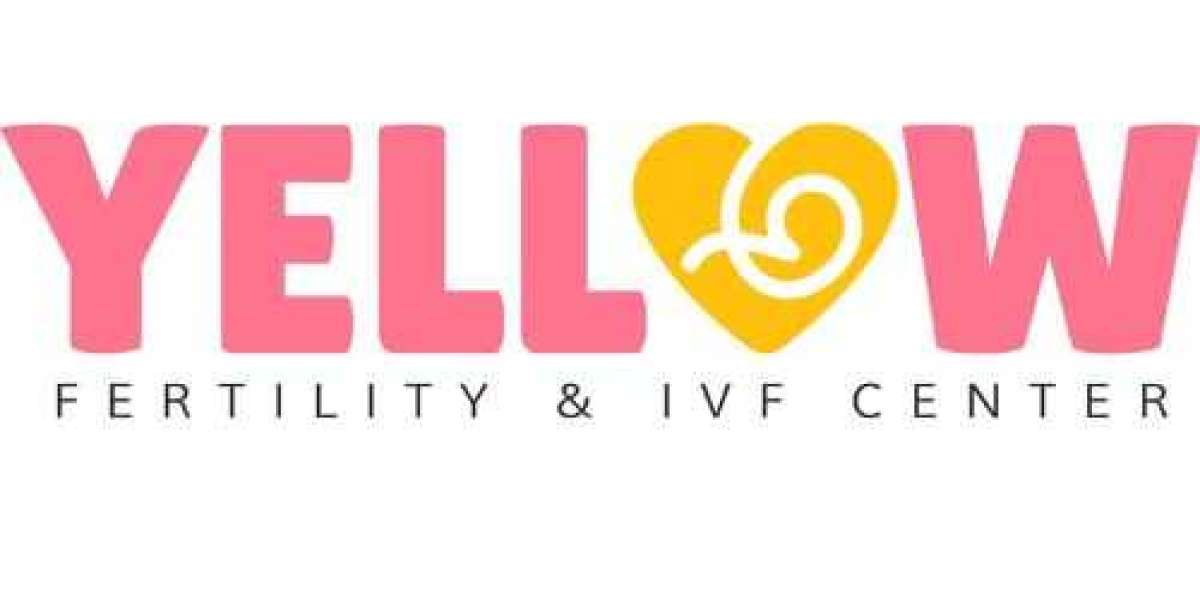What is CE Certification?
CE Certification, commonly known as CE marking, is a mandatory conformity requirement for products sold within the European Economic Area (EEA). It indicates that a product complies with EU legislation and meets all the essential health, safety, and environmental standards. The “CE” stands for Conformité Européenne, which translates to “European Conformity.” By affixing the CE mark, manufacturers declare that their product is fit for sale in the European market and can move freely across member states without additional modifications or inspections.
Why CE Certification Matters for Manufacturers
For manufacturers aiming to expand globally, CE certification is a vital stepping stone. It ensures that products are designed and manufactured in alignment with strict European regulations, increasing market credibility and consumer trust. Beyond access to the EEA, CE marking also enhances product quality, minimizes the risk of legal issues, and reflects a commitment to safety and compliance. For consumers and partners alike, it acts as a badge of assurance and transparency.
How to Obtain CE Certification
The process of securing CE certification begins with identifying the applicable EU directives and standards that relate to the product category—these could involve machinery, medical devices, electronics, or construction materials. Next, the manufacturer must assess product conformity, often involving lab testing or quality assurance evaluations. Depending on the level of risk associated with the product, a notified body (a third-party certification organization) may need to verify compliance. Once all requirements are met, the CE mark can be affixed, and a Declaration of Conformity is issued.
Benefits Beyond European Market Access
While the CE mark is primarily a passport to European markets, its value extends globally. It positions companies as quality-driven and compliant with some of the world’s most rigorous standards, which can open doors to new partnerships and contracts—even outside Europe. CE certification also promotes operational efficiency, as it requires standardized processes, traceability, and thorough documentation, all of which enhance internal quality systems and reduce costly rework.
Conclusion
CE certification is not just a regulatory requirement—it’s a strategic advantage. It signals product excellence, builds consumer confidence, and unlocks access to one of the world’s most lucrative and tightly regulated markets. For manufacturers serious about growth, credibility, and global reach, CE certification is a powerful asset that speaks the universal language of quality and safety.







